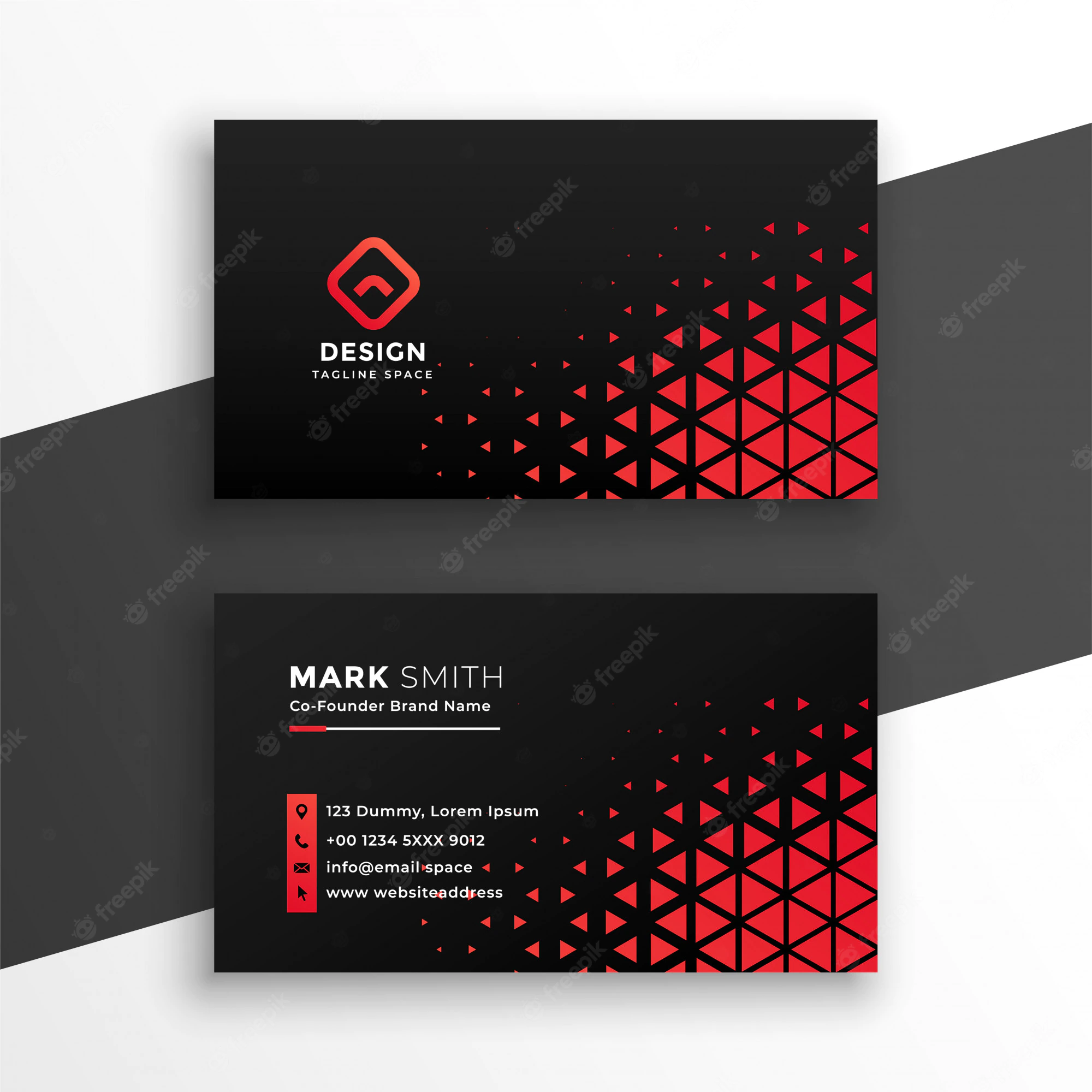Business cards are a handy tool for sharing your business information. They are usually shared during a formal introduction, and they are also handy as a memory aid. You can share your card with anyone you meet. To make sure your card is remembered, consider keeping a few on hand. If you’re looking to make a professional impression, you should make sure that your business card is as professional as you are!
A business card should be easy to read and visually appealing. It’s crucial to choose a typeface that is easy to read and pleasing to the eye. Generally, sans serif fonts are best for this because they have clean lines and no extra decoration. Alternatively, you could use a serif font, which has a decorative bar at the end of each letter.
Technology has played a large role in transforming the way we use business cards. Nowadays, business card data is exchanged electronically through direct wireless connections, SMS, and specialized apps. However, this hasn’t completely replaced the traditional business card, which is still widely used in most businesses. Specialized business cards are still available, and are an essential part of promoting a business.
If you’re using a traditional business card, include your name, job title, and contact details. These elements will help your prospects remember who you are and what you do. Including a phone number is a nice touch, but some people prefer email. Including an email address allows them to send you documents as attachments. You can also include your website URL as a non-aggressive invitation to visit your business. You may also include social media accounts if they are relevant to your business.
Your business card should be durable and look professional. The type of lamination you choose is crucial. You can choose from gloss or matte lamination. It’s best not to laminate textured paper, as it would make the paper lose its texture. Then again, you may prefer the look of uncoated cards.
Your business card should showcase your logo. This should be the largest element on the card. The rest of the card should contain your contact information and name. You should also choose a typeface that is easy to read and choose only one or two colors. You should also make sure that your card stays neat and clean. If you want to stand out among your competitors, consider using two different color schemes.
Business cards are an inexpensive and effective marketing tool. Not only do they serve as a tangible reminder of your company, but they also help to establish future contacts. For example, a realtor can use a business card to introduce herself to potential clients. The person who receives your card may even call the realtor that left it. In addition to being a valuable marketing tool, a high-quality business card will strengthen your brand recognition.
When designing your business card, make sure that the trim and safety lines are consistent. Keep in mind that your card should be trimmed to a safe margin every 1/8 inch to ensure that everything fits properly. In addition to the trim and safety lines, make sure that the design has plenty of room to add secondary graphics.

